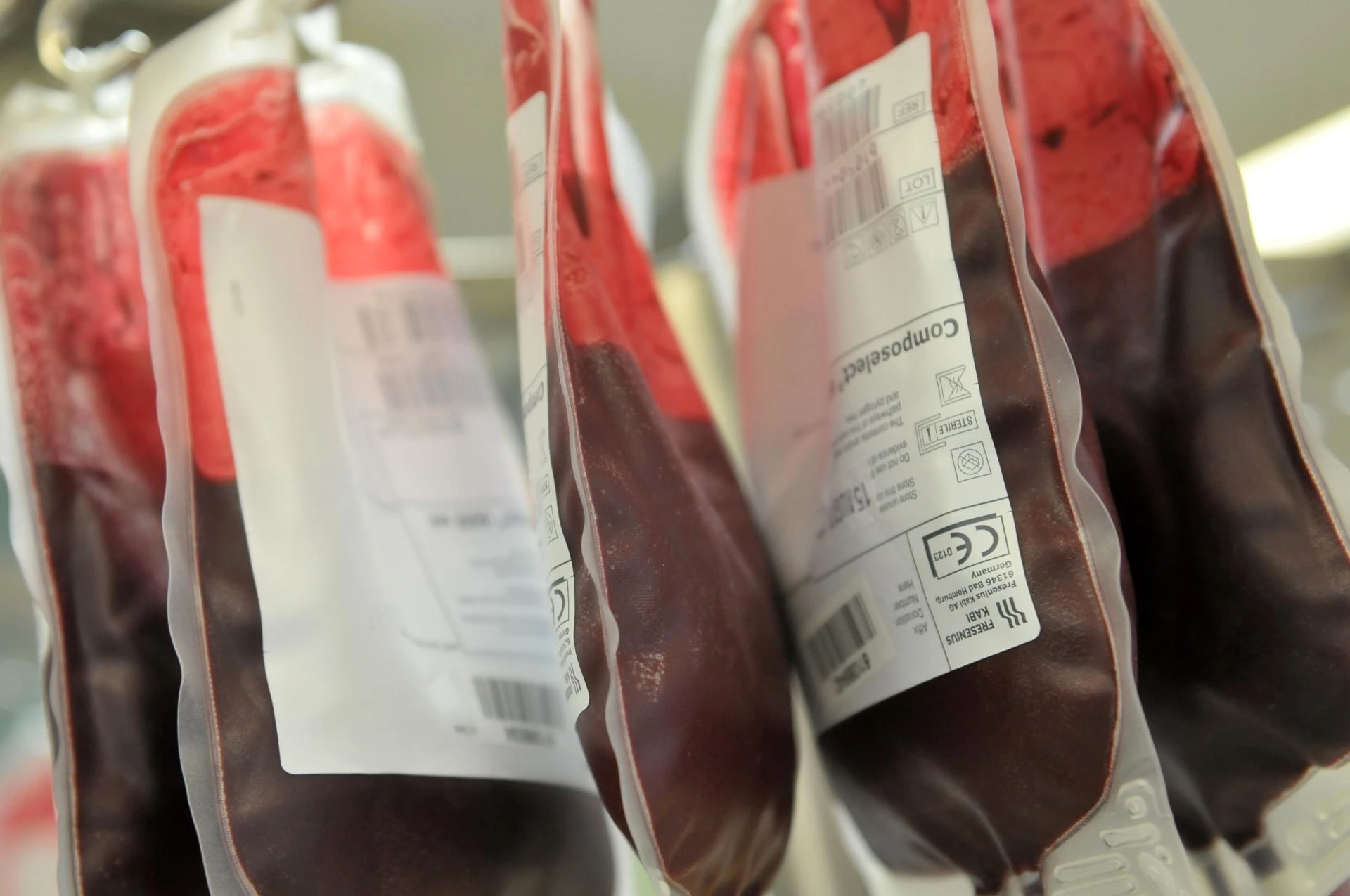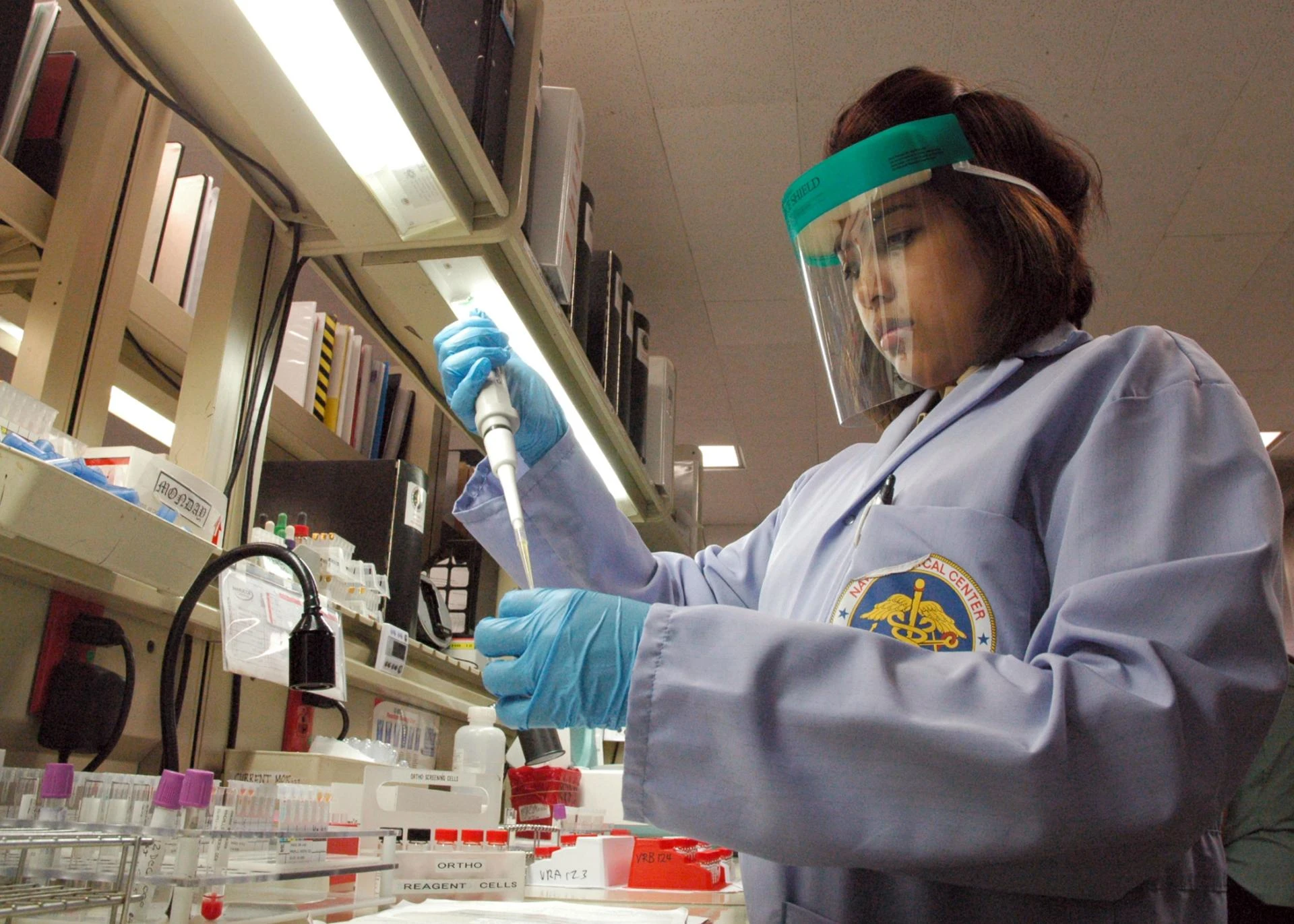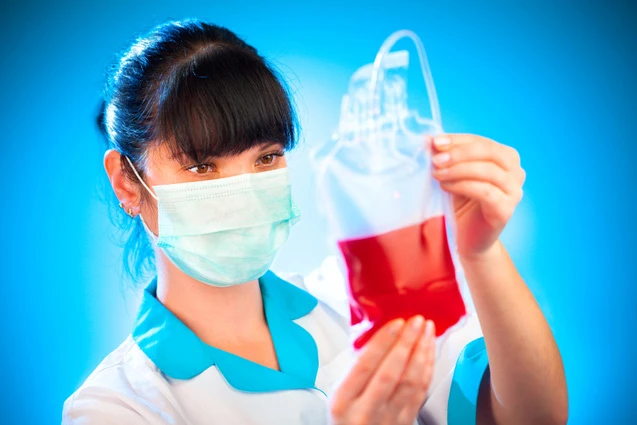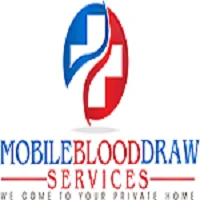Mobile phlebotomy services have revolutionized healthcare by offering patients the convenience of having blood drawn in the comfort of their homes or offices. Especially in 2025, with telemedicine and remote care becoming the norm, understanding how to use these services effectively is crucial. Below are the most important things to keep in mind when using a mobile blood collection service to ensure a safe, reliable, and stress-free experience.

1. What Are Mobile Phlebotomy Services?
Mobile phlebotomy services refer to professional blood draw services performed outside traditional medical settings. A licensed phlebotomist travels to your location, whether it's your home, workplace, nursing home, or assisted living facility, to collect samples for laboratory testing.
These services are often used by:
- Elderly patients with mobility issues
- Busy professionals
- Patients with chronic conditions
- Individuals requiring frequent testing
- Children or those with phobias of medical settings
Benefits of Using Mobile Phlebotomy
Understanding the advantages helps reinforce why mobile blood collection is becoming so popular.
a. Convenience
Skip the waiting room. The phlebotomist comes to you, saving time and travel hassle.
b. Comfort
You can remain in your own environment, which reduces stress and increases comfort.
c. Accessibility
Ideal for patients who are homebound, elderly, or immunocompromised.
d. Time Flexibility
Appointments can often be made early morning, evening, or on weekends.
e. Infection Control
Reduces exposure to potential infections in hospitals or clinics, which is critical post-COVID.
Key Notes Before Scheduling a Visit

Before you book your first appointment, there are important notes to consider:
a. Verify Credentials
Ensure the phlebotomist is certified and the company is registered and follows HIPAA compliance.
b. Understand the Cost
Ask about service fees, insurance coverage, and payment methods. Some services are covered by Medicare or private insurance.
c. Provide Accurate Information
Clearly communicate your medical needs, medications, and any known allergies.
d. Ask About Lab Partnerships
Reputable mobile phlebotomy providers partner with CLIA-certified labs to process samples accurately and securely.
How to Prepare for a Mobile Blood Draw
Your preparation can impact the success of the blood draw.
a. Follow Fasting Instructions
Some tests require 8–12 hours of fasting. Drink water to stay hydrated unless advised otherwise.
b. Wear Accessible Clothing
Short sleeves or loose-fitting garments make it easier for blood draws.
c. Stay Hydrated
Proper hydration makes veins more accessible and reduces discomfort.
d. Sit or Lie Down
Choose a stable chair or bed with good lighting to help the phlebotomist work effectively.
Safety and Hygiene Considerations

This is one of the most important notes when using mobile phlebotomy services.
a. Sterilization
All equipment must be single-use and sterile. The phlebotomist should wear gloves and sanitize hands and surfaces.
b. COVID-19 Protocols
Ensure the provider follows proper PPE usage and sanitization procedures.
c. Waste Disposal
Used needles and other biohazard waste should be disposed of in clearly labeled sharps containers.
d. Environment Preparation
Make sure the area where the procedure will take place is clean, well-lit, and clutter-free.
What to Expect During the Visit
a. Arrival and Setup
The phlebotomist will confirm your identity, verify your medical request, and explain the process.
b. Blood Collection
They will apply a tourniquet, locate a vein, disinfect the area, and draw blood using standard procedures.
c. Sample Labeling
Samples are labeled on-site and placed into secured containers for delivery to the lab.
d. Duration
The entire visit typically lasts between 15–30 minutes.
Post-Procedure Instructions
After the blood draw, there are a few things to keep in mind:
a. Apply Pressure
Hold gauze over the puncture site for 2–3 minutes to reduce bruising.
b. Stay Hydrated
Continue drinking fluids to replenish blood volume.
c. Monitor for Reactions
Mild bruising is normal. If you experience dizziness, prolonged pain, or swelling, contact a healthcare provider.
d. Lab Results
Discuss how and when you’ll receive test results. Some providers offer digital access through secure portals.
How to Choose a Reliable Mobile Phlebotomy Provider
This might be the most important note when using mobile phlebotomy services.
a. Check Reviews and Reputation
Look for testimonials, ratings, and references. Positive patient experiences matter.
b. Confirm Insurance Compatibility
Ask if your insurance plan covers the provider or requires pre-authorization.
c. Communication
Reliable services have efficient customer support and offer appointment reminders via text or email.
d. Certifications
Look for CLIA certification, HIPAA compliance, and OSHA standards in documentation and communication.
e. Availability
Choose a provider with flexible scheduling options to fit your needs.
FAQs About Mobile Phlebotomy Services
Q1: Are mobile phlebotomy services safe?
A: Yes, when provided by certified professionals following strict medical guidelines.
Q2: How do I schedule a mobile blood draw?
A: Contact the provider via phone or website. Many offer online scheduling and intake forms.
Q3: Can children use mobile phlebotomy services?
A: Absolutely. Pediatric phlebotomists are trained to handle young patients with care and comfort.
Q4: What if I have a medical condition?
A: Inform the provider ahead of time. They may send specialized staff based on your condition.
Q5: Are results as accurate as in-clinic tests?
A: Yes, samples are processed in the same certified labs used by hospitals and clinics.
Final Thoughts
Mobile phlebotomy services are a game-changer in modern healthcare, blending comfort, safety, and efficiency. However, it’s essential to keep in mind the critical notes when using mobile phlebotomy services from choosing a certified provider to preparing correctly and understanding the process.
Whether you're a patient needing frequent testing or someone who simply values convenience, being informed ensures a smooth and successful blood draw experience at home. Always ask questions, verify credentials, and prioritize hygiene and safety.


